Results
-
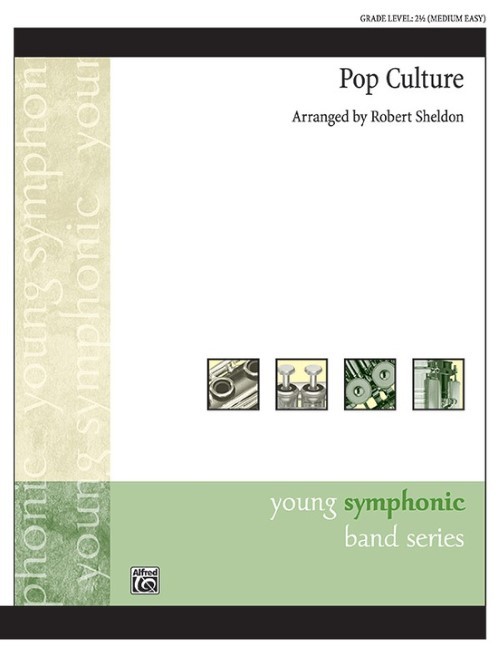 £58.50
£58.50Pop Culture (Concert Band - Score and Parts - Sheldon, Robert
Some of the most recognisable tunes of our time are included in this well-crafted arrangement including James Bond, The Magnificent Seven, The Flintstones, The Pink Panther, Peter Gunn, Hey! Baby!, Scooby Doo, Wipe Out and The Stars and Stripes Forever. Not only is every single section in the band is featured on its own tune, but it is so much fun to play that you will certainly want to use it for years to come.Duration: 4.15
Estimated dispatch 7-14 working days
-
£195.30
The Culture of The Celts - Ralf Uhl
Estimated dispatch 7-14 working days
-
 £58.50
£58.50 -
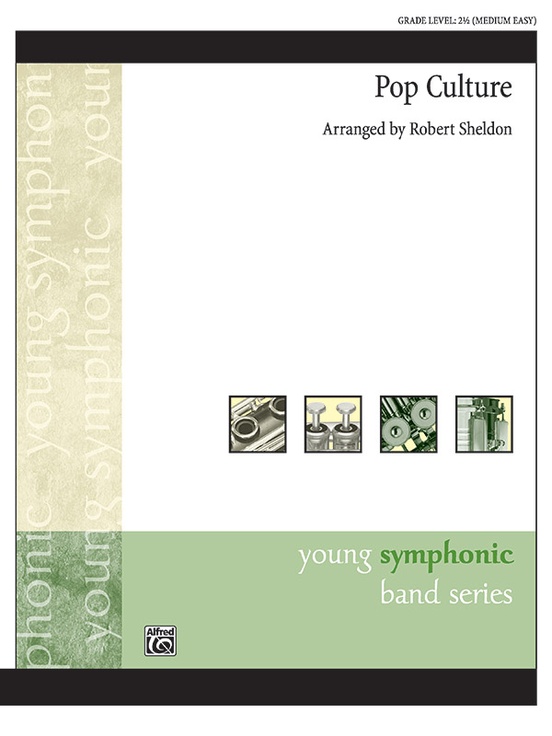 £58.50
£58.50Pop Culture - Monty Norman, Elmer Bernstein, Joseph Barbara, William Hanna, Hoyt Curtain, Henry Mancini, Margaret Cobb, Bruce Channel, David Mook, Ben Raleigh, The Surfaris, and John Philip Sousa / arr. Robert Sheldon
Some of the most recognizable tunes of our time are included in this well-crafted arrangement including and . Additionally, every single section in the band is featured on its own tune, so this is the perfect piece to use on recruiting concerts when each instrument is demonstrated---but it is so much fun to play that you will certainly want to use it on pops concerts for years to come.
Estimated dispatch 3-5 working days
-
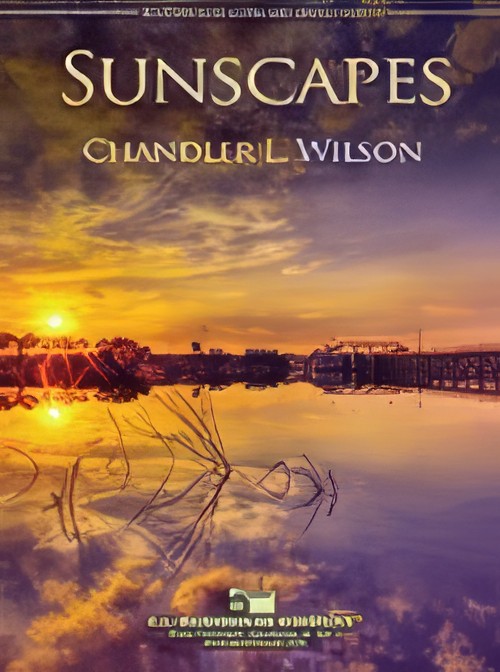 £84.00
£84.00Sunscapes (Concert Band - Score and Parts) - Wilson, Chandler L.
This exciting work depicts the lively and sunny nature of the state of Florida. Opening with a brilliant and majestic section highlighting the state's bright and vibrant culture, a flowing melody follows, representing the calming winds and consistent breeze of the state. Dance is a large part of Florida's culture, especially in its southern region, and the 7/8 rhythm captures an Afro-Latin style dance movement. The chorale/hymn section is based on the "Florida Song," which is a traditional school song of many schools, including Florida A&M in Tallahassee. The work then recapitulates and moves toward a driving and joyful conclusion. An excellent contest/festival work! Duration: 4.45
Estimated dispatch 7-14 working days
-
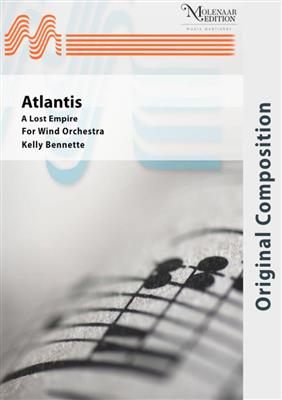 £165.60
£165.60Atlantis - Kelly Bennette
Atlantis: A Lost Empire tells the story of the people of Atlantis, their culture, their amazing architecture and their incredible technology. Sadly, as time goes on, Atlantis becomes increasingly militaristic and aggressive towards Europe and Africa. Atlantis eventually invades Europe with many successful victories, but are soon defeated by Athens. When the defeated Atlantean forces return to Atlantis, their land quickly sinks into the sea, killing all of the citizens and eliminating all of their art, music and culture. Download Horn in Eb and Trombones in BbDownload the parts here: download
Estimated dispatch 7-14 working days
-
 £91.99
£91.99Sunscapes - Wilson
This exciting work depicts the lively and sunny nature of the state of Florida. Opening with a brilliant and majestic section highlighting the state's bright and vibrant culture, a flowing melody follows, representing the calming winds and consistent breeze of the state. Dance is a large part of Florida's culture, especially in its southern region, and the 7/8 rhythm captures an Afro-Latin style dance movement. The chorale/hymn section is based on the "Florida Song," which is a traditional school song of many schools, including Florida A&M in Tallahassee. The work then recapitulates and moves toward a driving and joyful conclusion. An excellent contest/festival work!
Estimated dispatch 7-14 working days
-
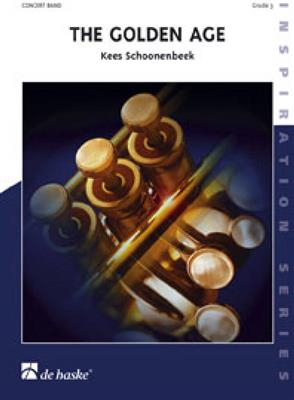 £139.99
£139.99The Golden Age - Kees Schoonenbeek
The Golden Age is a programmatic composition in four movements. I Overture For the Netherlands, the seventeenth century was a period of great flourishing in the fields of economy, culture and politics; thus it is called the Golden Age. Overseas trade boomed, and the Dutch East India Company (known as the VOC by the Dutch) was founded and expanded to become a powerful -and, at the time - modern enterprise. II Adis espaoles!(Farewell, Spaniards!) In 1567, the Spanish army invaded, led by the Duke of Alva. There was a fierce resistance against the Spanish tyranny; toward the end of the sixteenth century, the Dutch proclaimed theRepublic. However, the Spanish continued the war. Only with the Treaty of Mnster in 1648 did the Dutch get their much sought-after independence. This was also the end of the Eighty Years' War. III Rembrandt's Night WatchThe field of culture, particularly literature, painting, sculpture, architecture, the art of printing, and cartography developed fast. It was in the Golden Age that the celebrated painter Rembrandt van Rijn created his famous Night Watch. IV The Admiral Overseas trade entailed the colonization of large areas in Asia, from where precious products that yielded lots of money were brought in. Surrounding countries were also involved in such practices. Colonizers poached on each other's territories in the literal and figurative sense - in this context the Anglo-Dutch Sea Wars are legendary. The fourth movement starts with the English patriotic song Rule Britannia, after which the Dutch Admiral Michiel de Ruyter makes the English change their tune; one can even hear the roaring of cannons. When the smoke of battle has cleared, a small fragment of a Dutch song about Michiel de Ruyter appears, followed by a fitting closing.
Estimated dispatch 7-14 working days
-
 £82.50
£82.50Slavic Folk Dances - Robert E. Foster
This exciting new work is based on traditional Slavic melodies, and it captures the spirit and energy of the folk culture of this region. The work represents the spirited, robust people, who have frequently been oppressed; yet their defiance, patriotism, and nationalist culture can not be suppressed. This is a high energy work that contains widely contrasting musical sections reminiscent of the colorful folk dances of this region.
Estimated dispatch 7-14 working days
-
 £71.50
£71.50Chinese Dragon Dance - John Prescott
Introduce young musicians to the sounds and customs of a faraway culture. In China, the colorful traditional dragon dance is an important part of many of the major spring festivals. Today, it continues to be a significant reflection of the ancient culture and rich traditions of that great country. This festive original will allow listeners a chance to experience all the flavor and excitement of this intriguing celebration.
Estimated dispatch 7-14 working days
